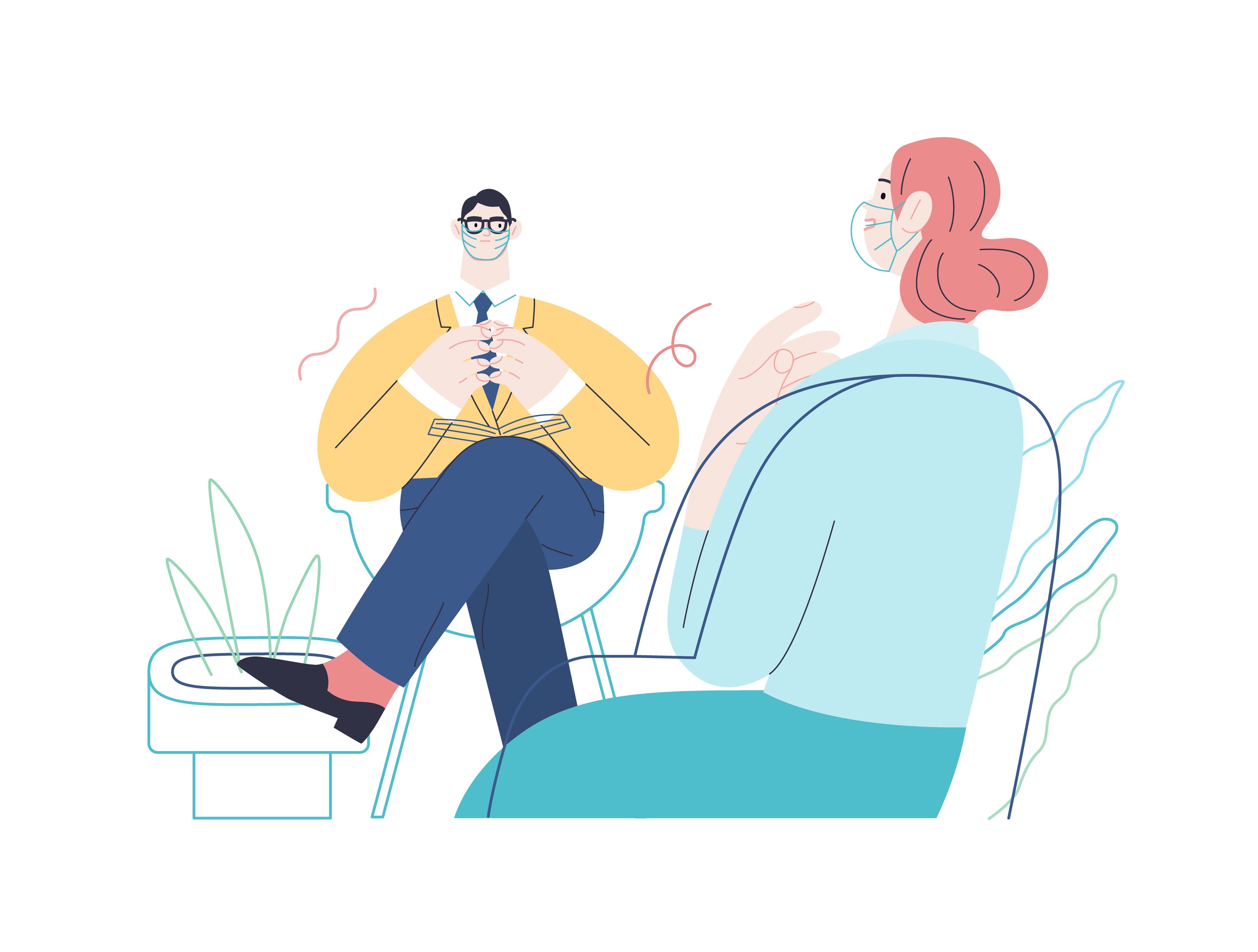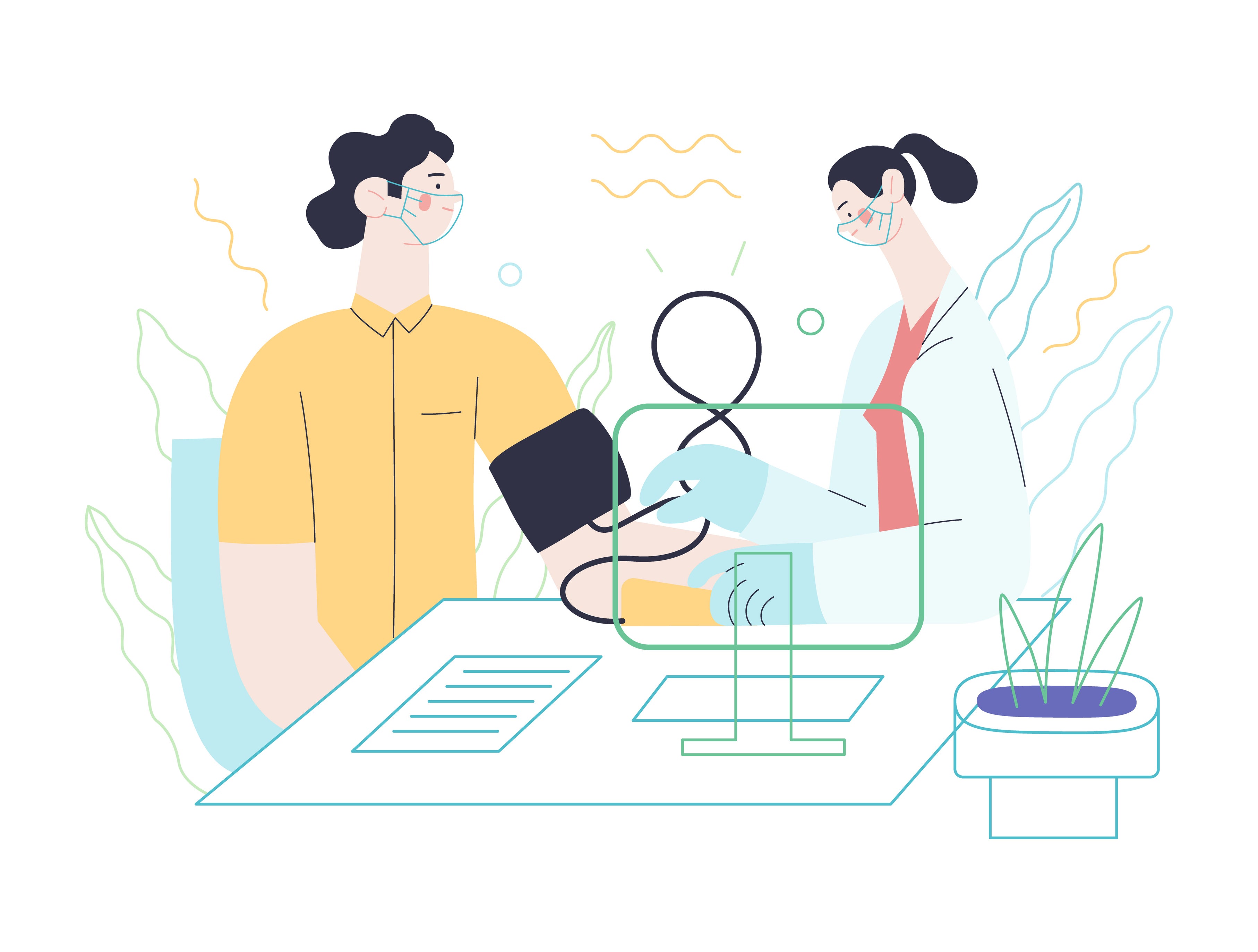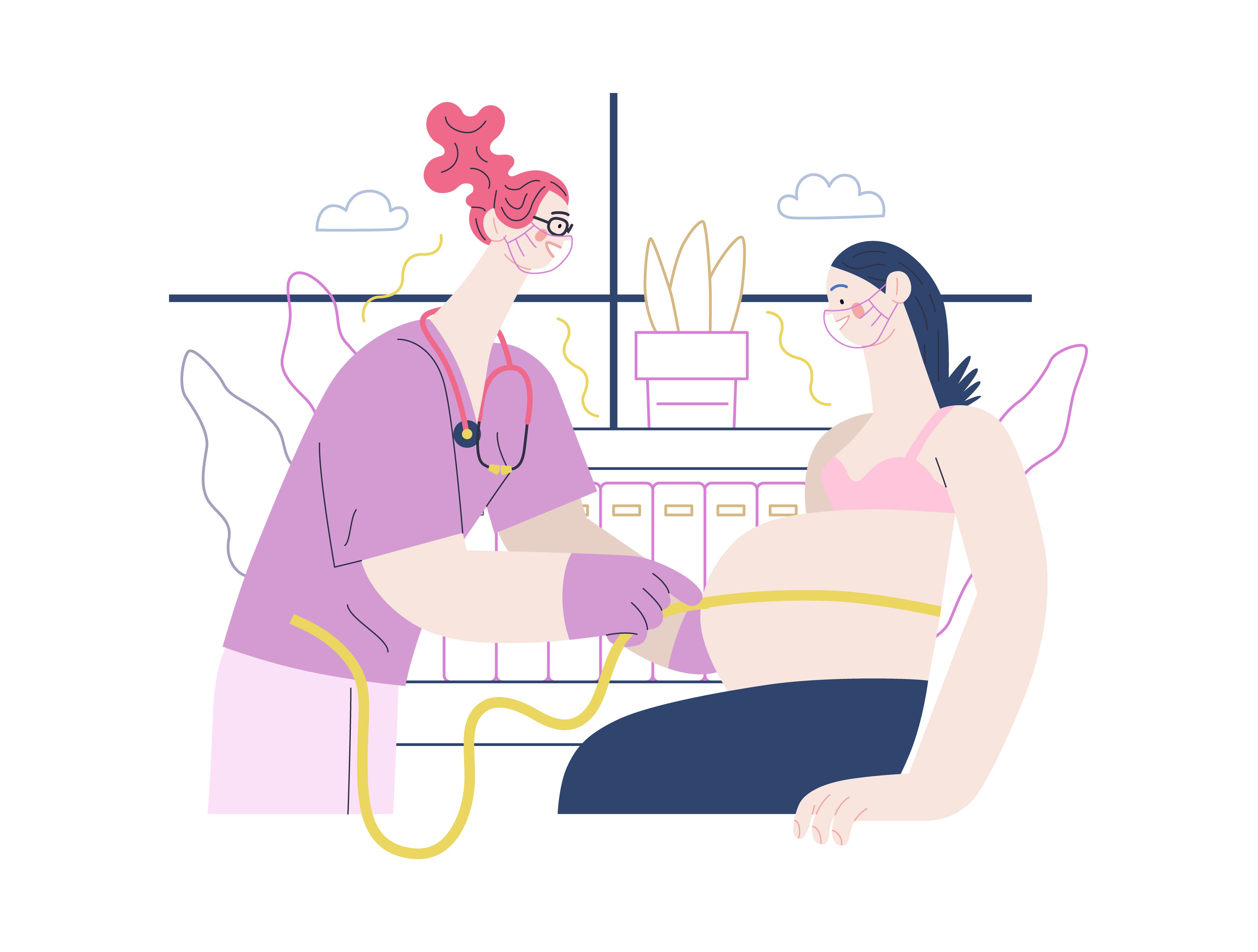Trust me, I’m a doctor: In-person GP appointments save lives and must return
Doctor Berenice Langdon is choosing to see her patients – all GPs now can – but some practice leaders are ignoring instructions, preferring the time-consuming phone-first system instead


Your support helps us to tell the story
From reproductive rights to climate change to Big Tech, The Independent is on the ground when the story is developing. Whether it's investigating the financials of Elon Musk's pro-Trump PAC or producing our latest documentary, 'The A Word', which shines a light on the American women fighting for reproductive rights, we know how important it is to parse out the facts from the messaging.
At such a critical moment in US history, we need reporters on the ground. Your donation allows us to keep sending journalists to speak to both sides of the story.
The Independent is trusted by Americans across the entire political spectrum. And unlike many other quality news outlets, we choose not to lock Americans out of our reporting and analysis with paywalls. We believe quality journalism should be available to everyone, paid for by those who can afford it.
Your support makes all the difference.Last week a receptionist saved a patient’s life. She put him straight into a face-to-face appointment early in the day. I saw him and sent him to A&E urgently (any doctor would have done the same). He was operated on later that day and survived.
I let the receptionist know of course. It’s a particular responsibility being a receptionist. I couldn’t do it. They are given an impossible task, to fit a large number of patients into a small number of slots, and they have to stay calm. When the slots run out – which sometimes happens by 9am – they then have to persuade one of the doctors, already at the end of their tether, to add any patient they are especially worried about to their list.
So it’s not surprising that when during the early part of the pandemic demand for appointments dropped by 30 per cent, some very stressed and overworked GPs found their lives were a lot nicer without patients. And now that appointment levels have finally (as of May 2021) gone back to normal levels, some are finding the demand very difficult to cope with.
This could explain GPs’ persistence at keeping patients at arms length. Telephone consultations are less intense somehow, less tiring and you can get a mug of tea anytime you like. Some GPs feel they can control the day better by using telephone consultations and only bringing in some patients. But patients are experiencing this persistent distancing as rejection. And these rejections are hurtful. And it is a rejection. I’ve had patients crying with relief at being able to choose to come in. Some people have held on to problems for six months or more and then finally felt free to book an appointment when the restrictions ended in August.
Will doctors feel able to relinquish their telephone surgeries, hand back control for bookings to the receptionist staff
Except the restrictions haven’t ended, not in general practice. GPs seem unable to let the remote triage go. GPs say: “We are seeing patients face-to-face. We’ve been seeing them throughout the pandemic,” which is true. But only some patients. Plenty of patients who would have benefitted from a face-to-face appointment or an examination have not been seen. Patients are not idiots. They know telephone consultations are not as good. They know, especially older patients, that proper doctoring involves an examination. They know that the rapport and connection with a doctor can only come from a face-to-face appointments. And they wish to book an appointment with their GP themselves, without facing multiple barriers.
Patients have always had difficulty getting appointments. They find it hard to get through to reception due to the large volume of calls and they find it hard to get an appointment as there are never enough. But now, in addition, they have to battle through a “triage system”, sometimes by email, sometimes by filling in a form. And then they face the final barrier; persuading a doctor to allow them to come in.

Putting barriers in the way of patients getting face-to-face appointments is not good medicine. And as for healthcare workers spending valuable consultation time triaging patients for a 10-minute appointment, well, it’s quicker just to see them.
GPs are under intense pressure. But continuing to use telephone consultations is not going to help. Even the Royal College of General Practitioners doesn’t think telephone consultations save time. The RCGP chair, Professor Martin Marshall, advises that “another misconception is that remote consultations take less GP time, when many take longer”.
I know this first-hand from working for five years at a practice using the “phone-first” approach, long before the pandemic. A morning’s work was 15 patient slots and by the time I telephoned each person, managed some patients over the phone and negotiated with those that needed to come in (usually about four to six patients) and then saw them, it took me four hours.
Imagine my delight when I moved back to an ordinary booking system, then my blank look when phone-first was brought back for the pandemic
Compare that to the receptionist simply booking 15 patients in. Even including “catch-up slots” it only takes three hours and is a lot more satisfying. Every patient who needs examining can be examined on the spot. No extra appointments are used up by bringing patients in for checking and no doctor time is spent negotiating appointment time. I use the time saved to ring an additional five patients to discuss things like results and follow-up appointments. Even I accept that phone appointments are useful for some things. Five extra patients.
So imagine my delight when I moved back to an ordinary booking system, then my blank look when phone-first was brought back for the pandemic. I was skilled at it, I was used to it, but I hated it.
Of course, it made sense in the pandemic, and it has been very competently, very rapidly put to good use by the many experienced GPs who work in this country. But I already knew the safety issues, I knew that it took longer and that it took away that essential connection we have with patients.
But it turned out to be even worse than I thought. The only way of practicing safely with the phone-first system is to have a low threshold for bringing patients in and typically doctors usually bring in about a third. But during the pandemic there has been pressure to hardly bring in patients at all, especially for those doctors working from home or shielding. And because of the reduced number of patients coming in, there are probably more errors. The great majority, I hope, are errors of over-treatment. Such as over-prescribing or over-investigating; an X-ray before an examination, an antibiotic just in case.

Sometimes, when reading the notes of patients I am looking after, there are examples of colleagues “sailing too close to the wind”. Perhaps managing patients over the phone longer than I would have done, without bringing them in to be seen. Sometimes two or even more consultations are documented about the same condition without, for an example, an abdominal examination or a knee examination, increasing the risk of an error.
The Medical Protection Society (MPS) acknowledges remote consulting as a safety issue and describes in detail the difficulties of remote consulting. They have packaged information again and again about how to reduce risk, in articles and educational material designed for doctors obliged to practice remotely. In developing this material, the MPS is trying to help mitigate these consulting issues. Its aim is to help improve patient care and to reduce the increased numbers of negligence cases relating to patients not having face-to-face appointments. It is aware that errors occur in medical practice even at the best of times, not just during remote consulting. But it advises doctors that “the health professional who does not put himself in the best possible position to make a diagnosis is vulnerable to complaint and litigation if the patient suffers as a result of his negligence”. The best possible position being in my mind, face-to-face.
It is a tragedy to have to acknowledge that remote consulting may also have contributed to the death of some patients
It is a tragedy to have to acknowledge that remote consulting may also have contributed to the death of some patients. This has recently been brought painfully to our attention by a coroner who has raised concerns about the deaths of six patients seen remotely by GPs. But despite this, the RCGP is still defending its position. According to Professor Marshall, remote care “is not substandard, and GPs work incredibly hard to deliver the same high-quality care for their patients, whether a consultation is remote or face to face”.
Some GP practices are digging their toes in even more. The recently published leaflet from a clinical commissioning group (CCG) explains to patients why they still can’t book appointments themselves. It advises patronisingly that “the pandemic is not over” and that they are protecting patient’s “safety” by not allowing them to attend in person.
Does the CCG live in a parallel universe? Has it seen the large crowds in confined spaces on public transport, pubs, concerts, and theatres recently? Will the CCG’s effort to reduce GP waiting room numbers really “protect” anyone? Or do we in fact protect patients and keep them safe by examining them and looking after them properly?
Many GPs are in fact keen to go back to an ordinary balance of telephone to in-person consultations but they are being forced by the GP leaders at their practices to continue using their valuable consultation time for sifting through triage emails and phone calls.

And although all the attention has been directed at GPs, I would like to point out that hospitals are no different. Many patients are not being seen in person at hospital appointments either. Most referrals are being channelled into “telephone triage” so that neither I nor the patient ever know when they will be contacted or even if they will get a proper appointment. Many specialities are not bringing most of their patients in. And after confidently referring a patient to say, physiotherapy or a fracture clinic, for “expert” or “specialist” care, it’s deeply embarrassing to hear from patients that even these hands-on specialities aren’t seeing patients but simply giving them exercises to do over the phone or arranging MRIs without seeing them.
There may be changes coming now though, to support patients in their request for decent care. The UK Health Security Agency (UKHSA) has very recently announced important and significant changes to infection control guidance in elective care settings. They have suspended the two-metre restrictions in waiting rooms and reduced the Covid cleaning regimes with the goal of catching up on the long, long waiting lists in hospitals “now that most patients are vaccinated”. The same new rules and advice apply to general practice.
But will the leaders in general practice accept these changes? Will doctors feel able to relinquish their telephone surgeries, hand back control for bookings to the receptionist staff and let the receptionists contribute to saving lives again? Will they once again allow the patients to request appointments in person?
The public, the government, the prime minister even, have asked for patients to be able to book face-to-face appointments without a triage barrier. This will save GPs time, save patient appointments and give better, safer medical care. Let’s stop rejecting patients and making them cry. Let’s stop holding them at arms length. Let’s do ordinary face-to-face care again. Let’s just do it.




Join our commenting forum
Join thought-provoking conversations, follow other Independent readers and see their replies
Comments